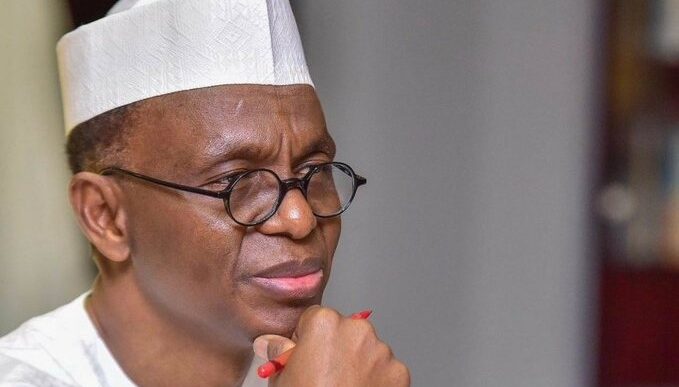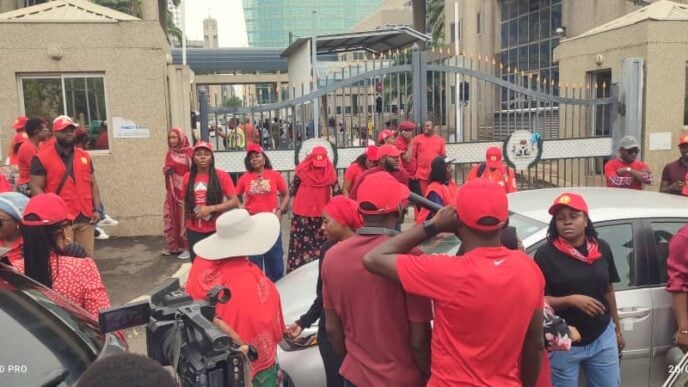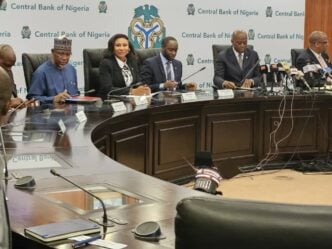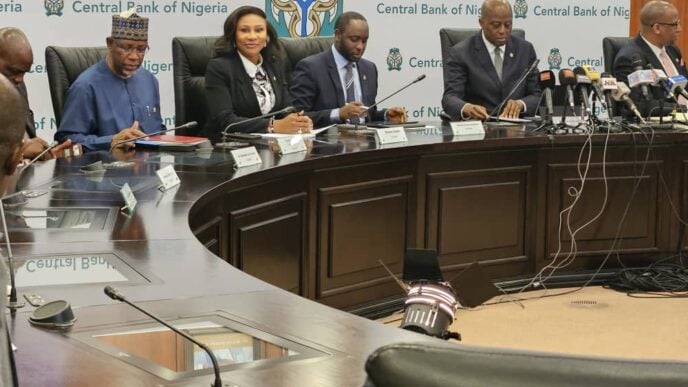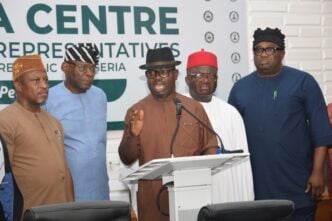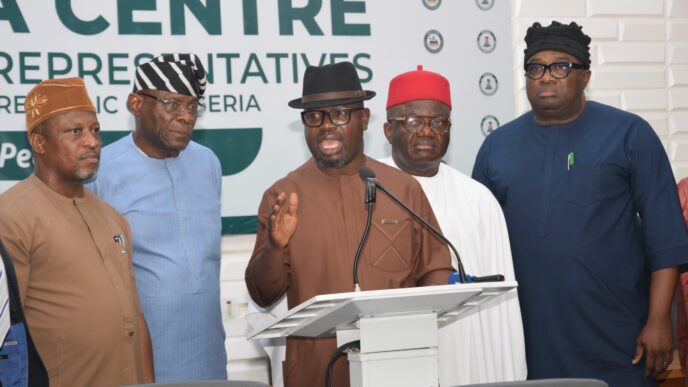Bismarck Rewane, managing director of Financial Derivatives Company, has questioned the credibility of the latest consumer price index (CPI) released by the National Bureau of Statistics (NBS).
The bureau had said Nigeria’s headline inflation rate slightly dropped to 23.71 percent in April 2025 – down from 24.23 percent in March.
Commenting on the figure, Rewane said the NBS result shows that some food-producing states are experiencing high inflation rates, while major consuming states have significantly lower rates.
The managing director said the data might be as flawed as the 2025 Joint Admissions and Matriculation Board (JAMB) exam scandal, where results were compromised due to technical errors.
Advertisement
“Inflation was highest in three states; Benue state at 51 percent, Ekiti state at 34 percent, and Kebbi state at 33 percent; these are the food-producing states,” he said.
“While they were lowest in consuming states. Ebonyi state has 7.19 percent, Adamawa state had 9.52 percent, and Ogun state had 9.91 percent.
“How come the states that are producing the food, and the food is stranded there at higher prices, while the states that are consuming the foodstuff are having low rates? What is happening here?
Advertisement
“Are those numbers credible? And if they are not, then what are we seeing here? Are we seeing some distortion in the methodology? Are we seeing a JAMB-type situation here?
“It is almost inconceivable that where you have the food, the prices are high, and where you are consuming the food, the prices are low. The difference between Benue state and Ogun state, for example, is almost 43 percent difference in inflation. What has happened?”
‘GOVERNMENT POLICIES DON’T STABILISE FOOD PRICES’
Rewane also questioned the sustainability of recent declines in food prices, adding that the cost of staples like rice remains volatile.
“Food prices come down, yes, we have seen some movement in some food prices, but are they sustainable? We’ve seen the price of rice and it’s gone all over the place,” he said.
Advertisement
“Rice dropped, one, because of imports. Two, because of the rumour that there’s poison rice, so people are not buying the rice. But we have not seen a massive shift to the substitutes for rice yet, so that is something that needs to be looked at.
“When you look at the food basket, you find that the price of tomatoes went up by 107 percent because of tomato ebola, while the price of dairy actually stayed a little bit stable, so those are the things that we’re looking at.
“When you look at inflation, you have to begin to look at what causes inflation to decline. Is it a weak exchange rate that leads to inflation, or is it inflation that leads to a weak exchange rate?”
The managing director said government “policies do not stabilise food prices”, stressing that attempts to directly produce or sell food are misguided.
Advertisement
“It’s not the government, producing food or government selling food, that’s the wrong way to go about it,” the economist said.
“The markets determine exactly what the efficient price of a commodity is, there’s an equilibrium price.
Advertisement
“The man who is selling rice, imports the rice and sells it in the market. The market, the consumer, based on his salary and his demand, will buy the rice.
“I don’t think we should be seeing the interventions that are going to bring down prices, most, you have an output gap. That output gap will be filled by people who are producing in the market.
Advertisement
“Inflation has two factors to it. One is the fact that there’s production shortfall because of insecurity, because of herders and all sorts of things, and the cost of logistics, petrol, diesel, and all the other things. Then there’s a demand side where people have excess liquidity and they are buying more.”
Rewane said the central bank controls demand by tightening liquidity through interest rates, but noted that monetary policy alone cannot boost output and production.
Advertisement
He added that output and production can only increase through improved power supply, efficient logistics, reduced business costs, and higher farm yields — “ultimately determining the equilibrium price”.


